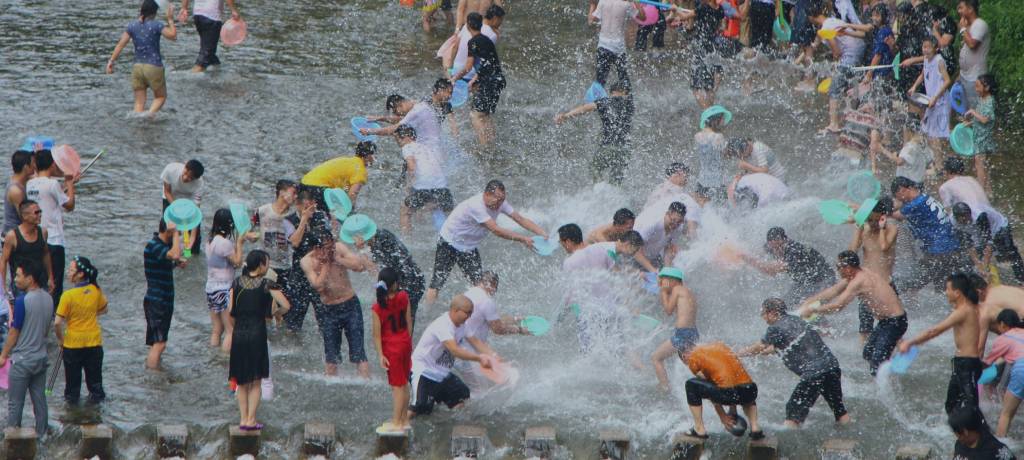
Songkran Festival Tours & Trips
Popular Songkran Tours
Other tours you might like...
Discover the world with our vast selection of multi-day group tours.
 See more
See more Unearth your world. Get lost in the intricate details of the Mona Lisa, sleep under impossibly star-filled skies in a bedouin tent, or listen to tales passed down by generations with cultural immersions that capture your heart. You're invited to an experience created from the heart, from a first-hand gaze at the ancient Inca ruins in Peru to tucking into kaiseki made-with-love in a Japanese ryokan. Discover an array of cultural adventures - where tradition, history and local living unite to create an adventure that's best shared together.See more
Unearth your world. Get lost in the intricate details of the Mona Lisa, sleep under impossibly star-filled skies in a bedouin tent, or listen to tales passed down by generations with cultural immersions that capture your heart. You're invited to an experience created from the heart, from a first-hand gaze at the ancient Inca ruins in Peru to tucking into kaiseki made-with-love in a Japanese ryokan. Discover an array of cultural adventures - where tradition, history and local living unite to create an adventure that's best shared together.See more Don't just see the world, experience it. Trek and discover traditions of local hill tribes, bike over unforgiving yet breathtaking alpine terrain, paddle to island coves only accessible by water, or hang high in jungle canopies like sloths on a zipline. From New Zealand's adrenaline-fueled activities to the desert dunes of Africa, the best active tours not only liberate the soul but also satisfy that deep craving for adventure!See more
Don't just see the world, experience it. Trek and discover traditions of local hill tribes, bike over unforgiving yet breathtaking alpine terrain, paddle to island coves only accessible by water, or hang high in jungle canopies like sloths on a zipline. From New Zealand's adrenaline-fueled activities to the desert dunes of Africa, the best active tours not only liberate the soul but also satisfy that deep craving for adventure!See more Travel with ultimate luxury and class, no matter your budget on a river cruise tour. Indulge on your suite balcony with the finest Douro Valley wines, or dance your way through the rhythmic cities of the Mississippi. From the floating markets of the Mekong to the Rhine Christmas Markets, and even a city that has deservedly been coined the Pearl of the Danube - unpack once and experience the best of many destinations with a river cruise holiday package.See more
Travel with ultimate luxury and class, no matter your budget on a river cruise tour. Indulge on your suite balcony with the finest Douro Valley wines, or dance your way through the rhythmic cities of the Mississippi. From the floating markets of the Mekong to the Rhine Christmas Markets, and even a city that has deservedly been coined the Pearl of the Danube - unpack once and experience the best of many destinations with a river cruise holiday package.See more








